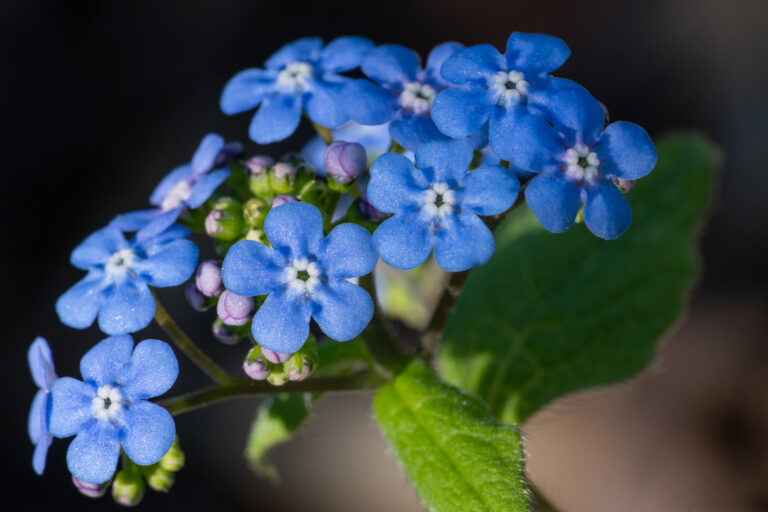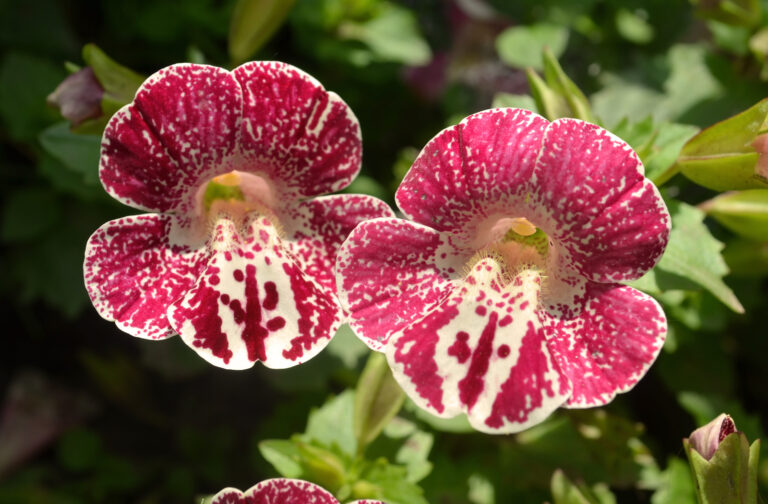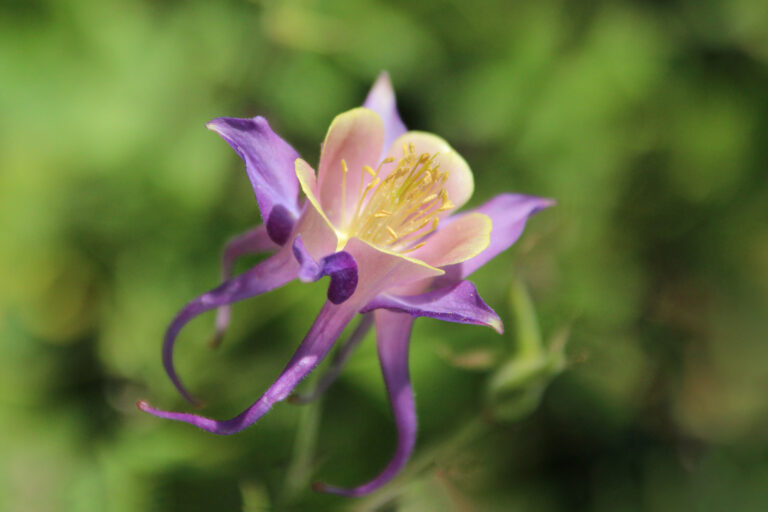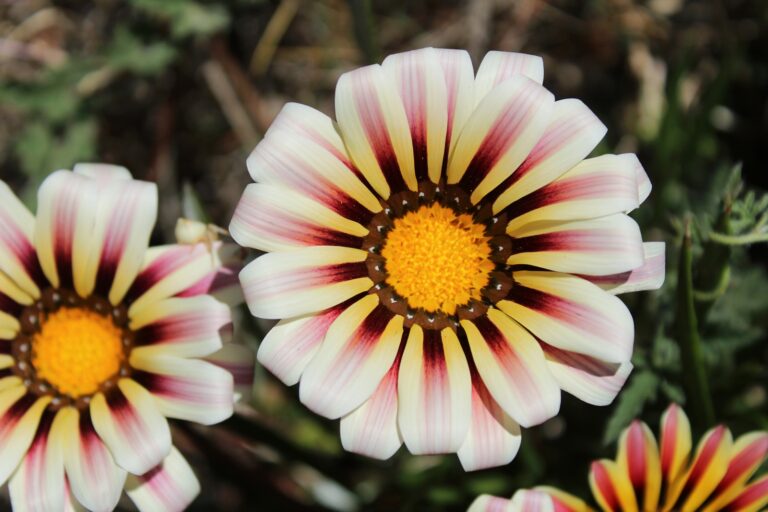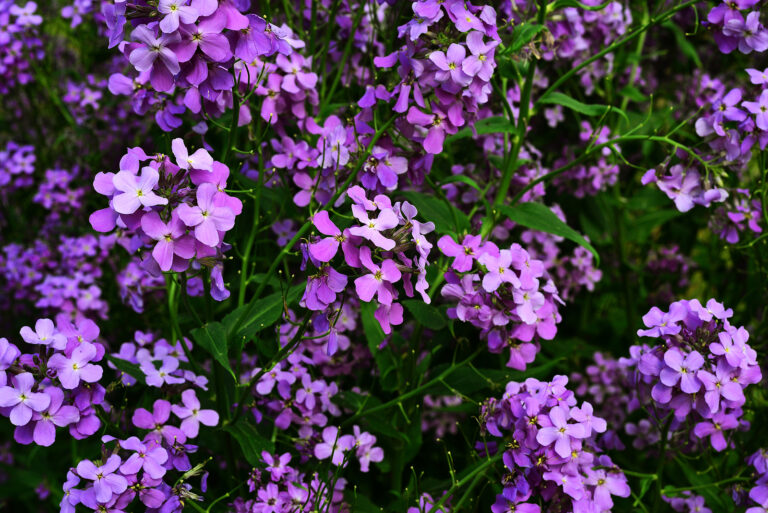How to Grow Castor Bean — Ricinus
Ricinus — commonly called Castor bean–is a bold, striking plant grown for its large leaves and ability to grow quickly providing a tall screen or leafy background. Ricinus can grow to 15 feet (4.5m) tall and wide in one season. Ricinus is a perennial in warm-winter regions; otherwise, it is grown as an annual.
Ricinus bears large, glossy, palmately lobed leaves that can be as much as 1 to 3 feet (1m) across. Ricinus bears less impressive flowers that are small and white and born in clusters on 12 inch spikes in summer.
All parts of Ricinus, including the seeds, are very poisonous. Foliage or seeds occasionally cause severe contact allergies as well.
Rincinus is a single species genus. It is native to rocky slopes from Northeast Africa to Western Asia.
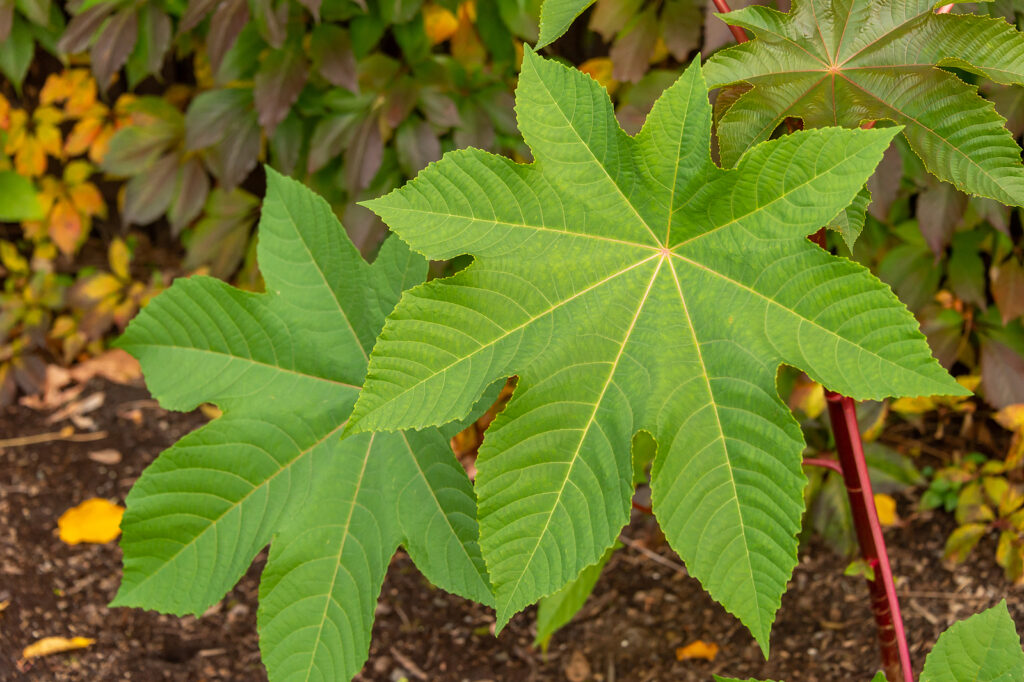
Get to know Ricinus
- Plant type: Tender perennial, grown as annual in cold winter regions
- Growing zones and range: Zones 9 to 10.
- Hardiness: Hardy to Zone 9
- Height and width: To 6 feet (1.8m) tall as an annual and 30 feet (9m) tall where hardy; grows 3 to 12 feet (1-4m) wide.
- Foliage: Huge, glossy, reddish-bronze or reddish-purple, palmately lobed leaves, up to 16 inches (40.6cm) in diameter.
- Flowers: Small cup-shaped greenish-yellow flowers, followed by reddish round seed pods with spines.
- Uses: Back of the border, dramatic addition to ornamental gardens; can provide a tall screen or leafy background in a hurry.
- Garden companions: ‘Mother of Pearl’ border phlox (Phlox paniculate ‘Mother of Pearl’)
- Common name: Castor bean
- Botanical name: Ricinus communis
- Family name: Euphorbiaceae
- Origin: Northeastern Africa to Western Asia
Where to plant Ricinus
- Plant Ricinus in full sun.
- Plant Ricinus in well-drained, fertile soil.
- Ricinus grows in a range of soils, but poor, infertile soil yields plants that bear small, less attractive foliage.
- A protected site is best for Ricinus.
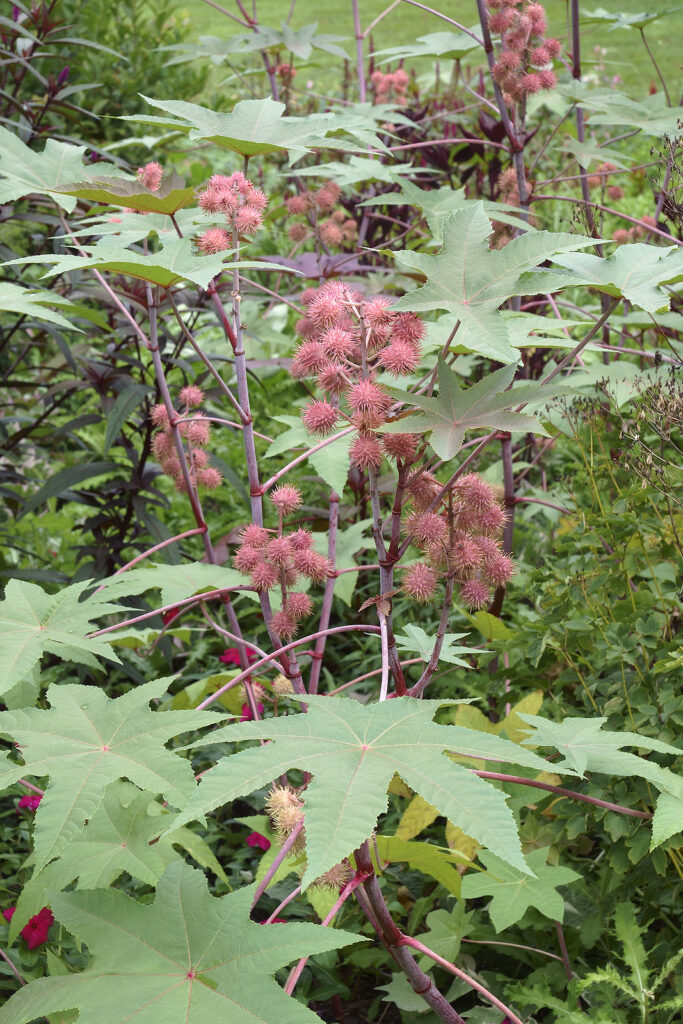
When to plant Ricinus
- Sow Ricinus seeds indoors in individual pots 6 to 8 weeks before the last spring frost date at 70° degrees Fahrenheit (21° C)
- From zone 8 and colder, sow outdoors after the last frost date.
Planting and spacing Ricinus
- Soak Ricinus seed for 24 hours before planting in pots in early spring indoors.
- Set Ricinus out after frosts are over.
- Space Ricinus 3 to 12 feet (1-4m) apart.
How to water and feed Ricinus
- Ricinus needs regular water.
- Perennial Ricinus can be fertilized in spring with an all-purpose, organic fertilizer.
How to care for Ricinus
- Ricinus may need staking to help it withstand wind.
- To prevent Ricinus seed formation, pinch off the burr-like seed capsules while they are small.
- All parts of Ricinus, including the seeds, are very poisonous. Foliage or seeds occasionally cause severe contact allergies as well.
Ricinus pests and diseases
- Ricinus can develop botryris, blight, rot, wilt, and leaf spot.
- Ricinus is susceptible to attack by mites.
- All parts of Ricinus, including the seeds, are very poisonous.
Ricinus propagation
- Soak seed for 24 hours before sowing in late spring; pot up before roots become potbound.
Ricinus varieties to grow
- Ricinus communis, Castor bean, a tender shrub, hardy from Zone 9 south, that can reach 6-10 feet (1.8-3m) in a single season. The leaves have 5 to 12 lobes, range from .5-1.5 feet (.15-.5m) long, and come in green, red-purple, or bronze-red leaves. ‘Zanzibarensis’ bears green leaves that can reach 3 feet across. Tender perennial or warm-weather annual.
- ‘Dwarf red spire’ is lower-growing plant—to 6 feet (1.8m) with red leaves and seedpods.
- ‘Carmencita’ has bright red flowers and seed pods.


